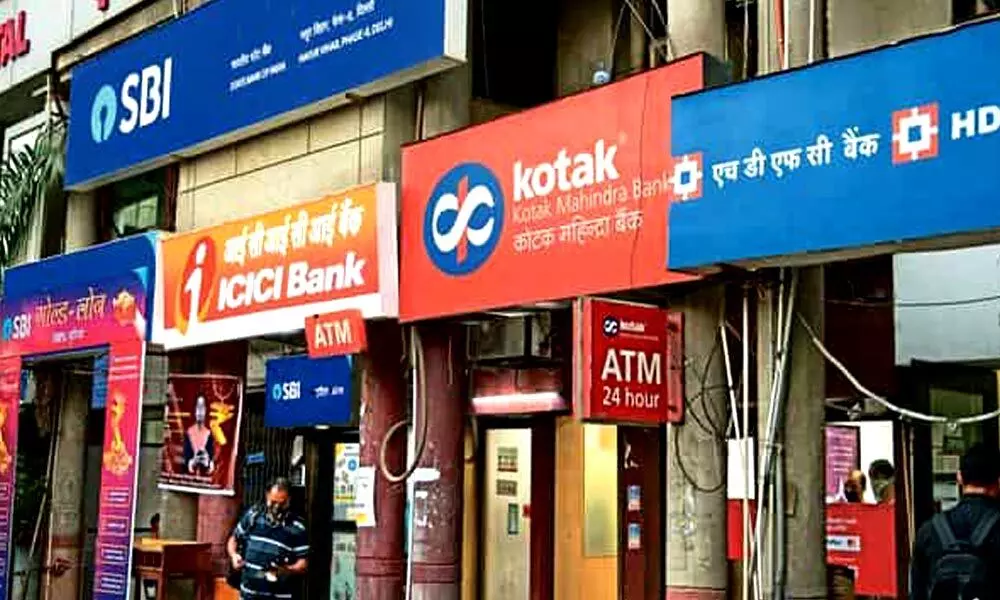How data-driven approach could help banks make lending a profitable biz
Along with borrower’s data banks should also include other macroeconomic variables data while taking any credit decision to improve their profitability
image for illustrative purpose

In order to more efficiently and profitably lend to businesses, banks need to underwrite based on where a business is likely to go in the future (i.e. its future potential), in addition to where it's been or where it is today. This will not only enable them to identify possible credit issues earlier, but also structure loans much more effectively, taking into account the granularity and uniqueness of each business
Providing businesses with capital has always been highly important - especially now as the country rebuilds post-pandemic - but most banks have not found this easy to do. This is because they simply don't have the data and analytical capabilities to develop a granular, forward-looking view of each business, and many still use antiquated and paper-based processes. Finding the optimal balance between offering a great customer experience and managing the cost to serve has therefore proven difficult. Loans are either too big for automated decision models or too small for the unit economics of banks' manual approach to make commercial sense. Commercial lending has consequently been characterised by slow, commoditised, computer-says-no lending, rather than fast, bespoke, customer-centric lending. The mainstream banks have not prioritised it, leaving many businesses feeling overlooked and underserved.
The traditional approach
Commercial lending has remained largely unchanged for decades – 40-50 years ago, decisions about whether to lend or not were made by local branch managers who likely knew the business owner personally and may have even used the products or services of their business. However, over the years, it shifted to a centralised decision-making authority where personal relationships were replaced with computers and spreadsheets.
Today, banks' decisions to lend will typically be impacted by several factors – historical data (i.e. how has this bank performed in the past), peer benchmarking (i.e. how does this performance compare to other businesses in the sector), sector analysis (i.e. how is the sector currently performing), and track record (i.e. what is the bank's track record of lending to the sector). There are several issues with this approach: firstly, banks don't get repaid in the past, they get repaid in the future, so focusing purely on historical data is like driving using only the rear-view mirror.
Another issue is that by lumping businesses into one of a dozen or so sectors, you ignore the uniqueness of each business – for example, within the healthcare sector, you have dentistry, pharmaceuticals, biotechnology, equipment, distribution, managed healthcare, etc. Then within that, there will be several subsectors. For example, within elderly care, there will be independent living communities, assisted living, nursing or care homes, continuous or hybrid care, etc. How each of these businesses perform will depend on a multitude of factors, so trying to make broad brush assumptions about entire sectors is an approach that isn't fit for purpose.
An alternative approach
In order to more efficiently and profitably lend to businesses, banks need to underwrite based on where a business is likely to go in the future (i.e. its future potential), in addition to where it's been or where it is today. This will not only enable them to identify possible credit issues earlier, but also structure loans much more effectively, taking into account the granularity and uniqueness of each business.
While many banks base their credit decisions purely on borrower data, there is good evidence that drawing from a wider set of data - including macroeconomic variables, for example - can help improve credit performance. Macroeconomic data can also provide vital context to credit officers, helping them to better understand the factors that drive market size, costs and revenues. This, in turn, can challenge their inherent assumptions about the overall creditworthiness of a sector. For relationship managers, this same data can help them better understand the issues affecting their borrower and enable them to be a better adviser to the borrower, structuring the loan to suit their specific circumstances. In our view, the above is what commercial lending should be like in the present and what we are sure it will be like in the future.
(The author is the Co-head of India at OakNorth)

